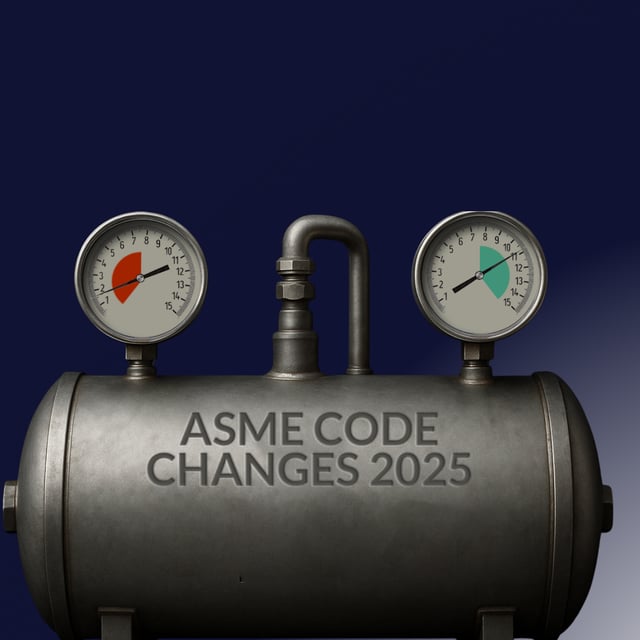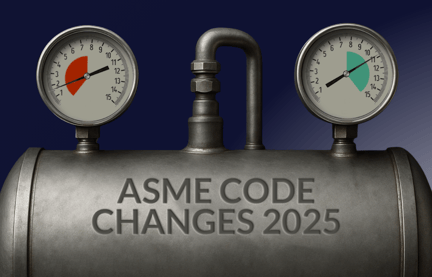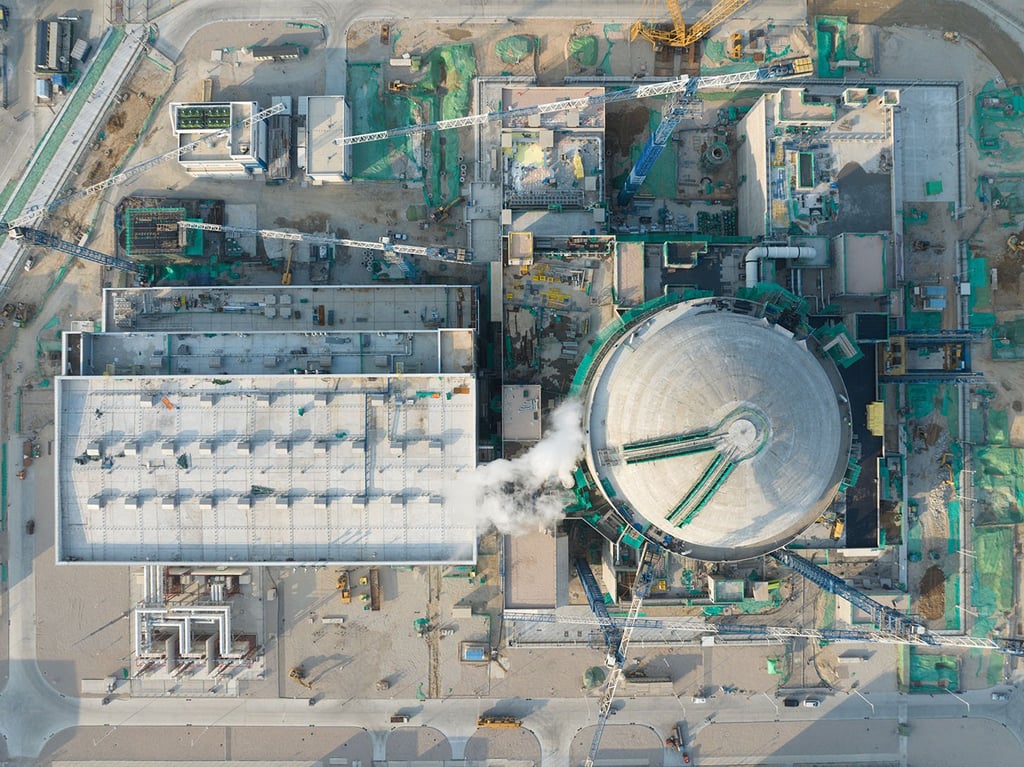Every two years, the ASME Boiler and Pressure Vessel Code (BPVC) evolves to reflect changing technologies, practices and safety requirements. The 2025 edition is no exception.
We speak to Karl Eder, ASME Services Manager and expert at LRQA, about what the update means for industry and how organisations can prepare. The objectives of the 2025 update are clear: to enhance clarity, consolidate key requirements and strengthen the emphasis on performance-based expectations across several sections.
These changes are designed to improve usability, reduce ambiguity and support safer, more consistent applications of the code. For engineering, quality and inspection teams, this means reviewing internal practices, design documentation and compliance strategies to ensure alignment with the updated code structure and requirements.
A clearer code with significant operational impact
The ASME BPVC is used in over 100 countries and underpins more than 11,500 certifications globally. It forms the backbone of safety assurance in sectors such as energy, aerospace and heavy industry. Its complexity has long been a challenge. Previous updates, including those in 2019 and 2021, introduced structural and editorial changes aimed at modernising and simplifying key requirements, but these also created challenges in interpretation and implementation.
For example, the 2019 edition’s restructuring of Section VIII, Division 2 introduced new design-by-analysis rules, which led many organisations to increase training and update procedures. Similarly, updates to material specifications and non-destructive examination (NDE) guidance required revisions to quality management systems and supplier documentation.
The 2025 edition continues ASME’s efforts to modernise and improve usability. Key areas of focus include efforts to clarify vessel-specific requirements, streamline certification criteria for design professionals, and refine guidance on material stress and fatigue analysis in nuclear applications. The updated code also introduces clearer distinctions between requirements for in-service examinations and construction-related inspections.
These changes are not just editorial. They affect how organisations design, inspect and certify equipment, and how both manufacturers and inspection bodies define and demonstrate technical competence.
“This is about more than updated language. It is a shift in how the code is applied, requiring teams to review their systems and practices in light of the new structure and intent,” says Karl.
Learning from the past to prepare for the future
Looking back, one of the most cited challenges from previous BPVC revisions has been the lag in awareness and understanding. Experience from recent ASME BPVC revisions has shown that many organisations encounter challenges interpreting structural updates and navigating changes in code layout without external guidance. These insights appear to have informed the 2025 update, which focuses heavily on readability and logic in layout.
But change fatigue is real. Engineering teams are often managing concurrent compliance obligations across ISO, API and other regional codes. As a result, early planning is essential. Organisations that successfully navigated past revisions typically:
- Established a dedicated task force to review the redline or preview editions
- Initiated training ahead of formal adoption to reduce disruption
- Conducted internal gap assessments against new requirements
- Engaged with third-party inspectors to test interpretation and application
These approaches will remain critical in 2025, especially with updates that alter how personnel competence is defined and verified.
The path forward
The priority for organisations is clear: understand the changes introduced in the 2025 edition, assess how they affect operations and take steps to align with best practice.
Karl concludes, “The ASME BPVC continues to evolve in support of safer, clearer and more consistent engineering outcomes. Staying informed and engaged is key to making the most of what the latest edition offers.”
Organisations are encouraged to review preview materials, attend code update briefings and collaborate across teams to ensure a smooth transition.
Can your business handle the change in pressure?
ASME code changes are mandatory by January 2026.
Get in touch to get started









